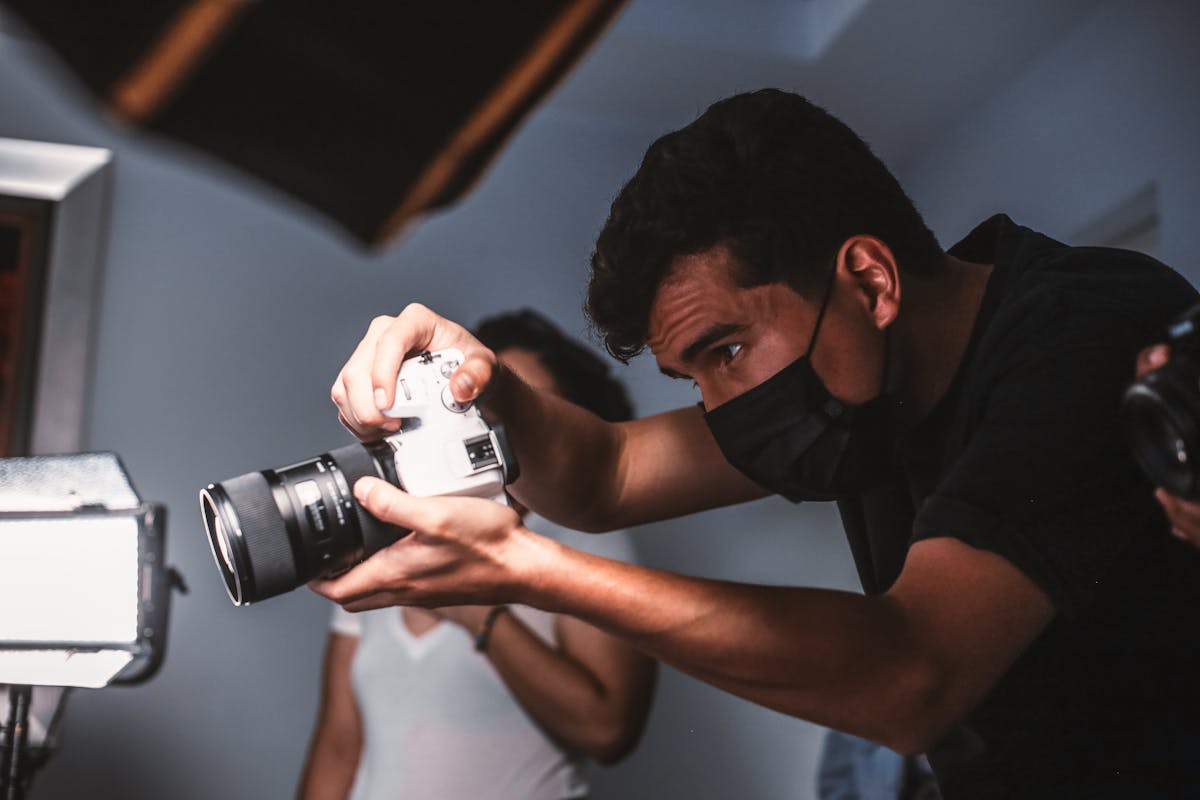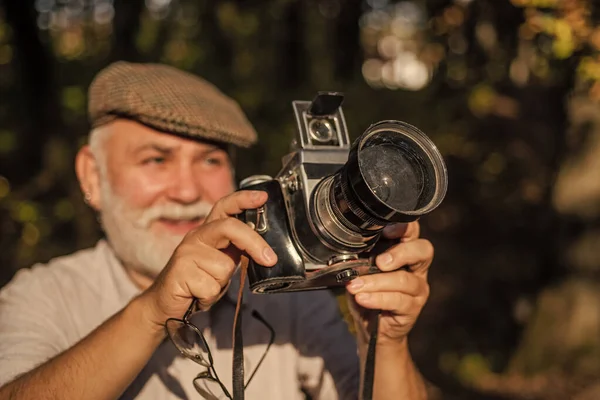
The Art of Composition: How to Frame the Perfect Shot
In photography, composition is everything. It’s what separates a good photo from a great one, turning an ordinary scene into something visually compelling. The art of composition is all about arranging the elements within your frame in a way that draws the viewer’s eye, tells a story, and evokes emotion. Whether you’re a beginner or an experienced photographer, understanding and mastering composition will elevate your work and help you capture the perfect shot every time.
In this guide, we’ll explore the fundamental principles of composition and provide tips on how to apply them to your photography. We’ll also touch on how these principles can enhance the experience in a photo booth rental Las Vegas setting, ensuring that every snapshot is picture-perfect.
The Rule of Thirds
One of the most well-known principles of composition is the rule of thirds. This guideline involves dividing your image into nine equal parts by drawing two equally spaced horizontal and vertical lines. The idea is to position the most important elements of your scene along these lines or at their intersections, rather than placing them in the center of the frame.
Why It Works:
The rule of thirds helps create a more balanced and interesting composition, making your photos more dynamic and engaging. By avoiding centering your subject, you allow the viewer’s eye to explore the entire image, which can make the photo feel more natural and less static.
How to Apply It:
When composing your shot, imagine or enable a grid overlay on your camera to help align your subject along the rule of thirds lines. For example, if you’re shooting a landscape, try placing the horizon along the top or bottom third of the frame, rather than directly in the center. If you’re photographing a person, position them off-center to create a more pleasing composition.
Leading Lines
Leading lines are natural lines within a scene that guide the viewer’s eye towards a focal point. These lines can be anything from roads, rivers, and fences to shadows and architectural elements. By incorporating leading lines into your composition, you can add depth to your image and direct the viewer’s attention to where you want it to go.

Why It Works:
Leading lines create a sense of movement and flow within the image, making it easier for the viewer to navigate the scene. They also help to establish a strong visual connection between different elements in the frame.
How to Apply It:
Look for natural lines in your environment that lead towards your subject. Position your camera so that these lines converge on the main focal point of your image. For instance, if you’re photographing a person standing on a pier, use the lines of the pier to draw attention to them.
Symmetry and Patterns
Humans are naturally drawn to symmetry and patterns. Whether it’s the repeating arches of a building, the reflection of trees on a still lake, or the intricate design of a tiled floor, symmetrical and patterned compositions can be visually striking.
Why It Works:
Symmetry and patterns create a sense of harmony and order in your images. They can be especially effective in creating a sense of balance and calm, making the photo aesthetically pleasing to the eye.
How to Apply It:
Identify symmetrical elements or repeating patterns in your scene, and position your camera to emphasize them. For example, if you’re photographing a row of trees, center your shot so that the trees form a symmetrical line down the middle of the frame. Alternatively, you can use patterns as a background to create a visually interesting contrast with your subject.
Framing
Framing involves using elements within your scene to create a “frame” around your subject. This technique can add depth, focus attention, and give context to your image. Frames can be anything from archways, windows, and doorways to natural elements like trees and branches.
Why It Works:
Framing helps to isolate the subject, drawing the viewer’s eye directly to it while adding a layer of interest to the overall composition. It also gives the image a sense of depth, making it feel more three-dimensional.
How to Apply It:
Look for natural or man-made objects in your environment that can be used to frame your subject. For example, if you’re photographing someone standing in front of a building, use a nearby archway or window as a frame. Position your subject within this frame to make them stand out and add depth to the image.
Negative Space
Negative space refers to the empty or unoccupied areas of an image. While it might seem counterintuitive, leaving space around your subject can create a powerful composition by emphasizing the main focal point and creating a sense of balance.
Why It Works:
Negative space allows your subject to “breathe” and gives the viewer’s eye a place to rest. It can also create a mood or atmosphere, making the subject appear isolated, peaceful, or dramatic, depending on the scene.
How to Apply It:
When composing your shot, consider how much space you want to leave around your subject. For instance, if you’re photographing a lone tree in a field, leaving plenty of empty sky or landscape around the tree can create a minimalist and impactful image.
The Power of Perspective
Changing your perspective can dramatically alter the composition and impact of your photos. Instead of shooting everything at eye level, try experimenting with different angles—shoot from above, below, or from the side—to create a more unique and interesting composition.
Why It Works:
Different perspectives can reveal new and unexpected details, making your photos more engaging and original. They also allow you to showcase your subject in a way that the viewer may not have seen before.
How to Apply It:
Don’t be afraid to get creative with your angles. Crouch down low to capture a child’s-eye view, climb higher to get a bird’s-eye view, or tilt your camera for a dynamic, diagonal composition. Each perspective offers a new way of seeing and interpreting the scene.
Incorporating Composition in a Photo Booth
The principles of composition aren’t just for traditional photography; they can also enhance the experience in a “photo booth” setting. Whether you’re setting up a photo booth at an event or using one at a party, applying these composition techniques can make the photos more fun and memorable.
In a photo booth, consider using props and backgrounds that naturally incorporate elements like framing and symmetry. For example, you could set up a photo booth with a backdrop that features repeating patterns or a window frame that participants can stand inside. Encourage guests to experiment with different perspectives or use props to create leading lines that draw attention to their faces.
By thoughtfully composing each shot, you can ensure that even casual, candid moments in a photo booth are captured in a way that’s visually appealing and share-worthy.
Conclusion
The art of composition is a vital skill for any photographer. By understanding and applying these principles—rule of thirds, leading lines, symmetry, framing, negative space, and perspective—you can transform your photos from ordinary to extraordinary. Whether you’re capturing landscapes, portraits, or even setting up a photo booth, good composition will help you frame the perfect shot every time.


